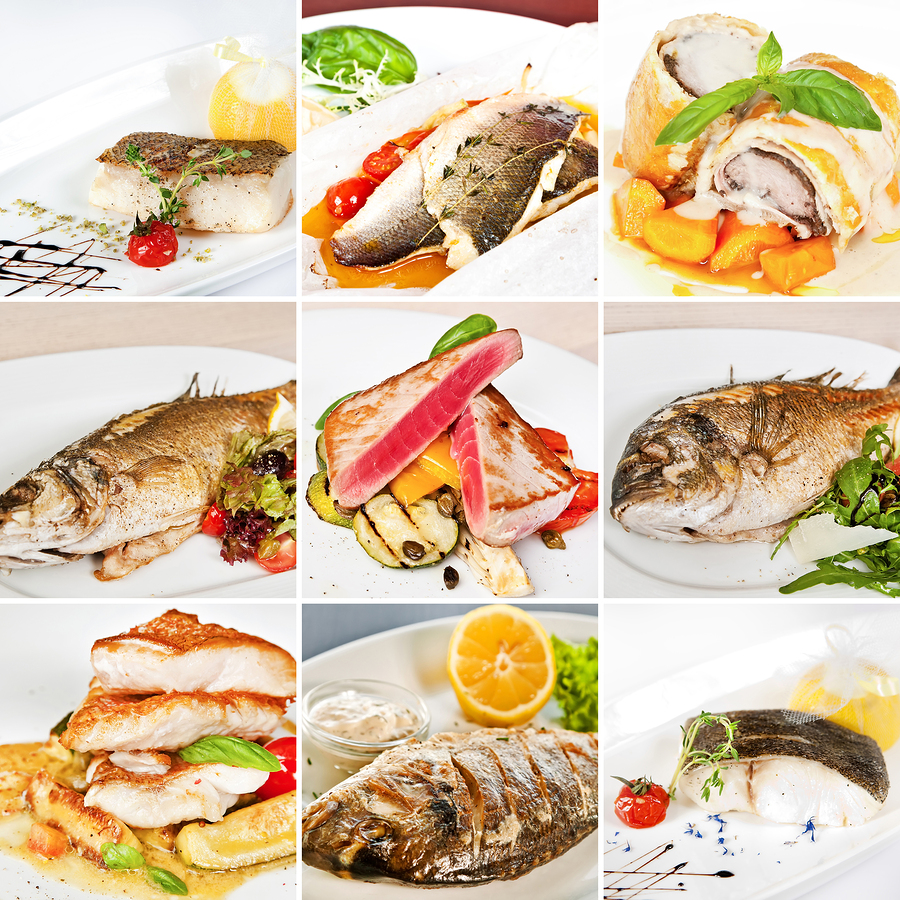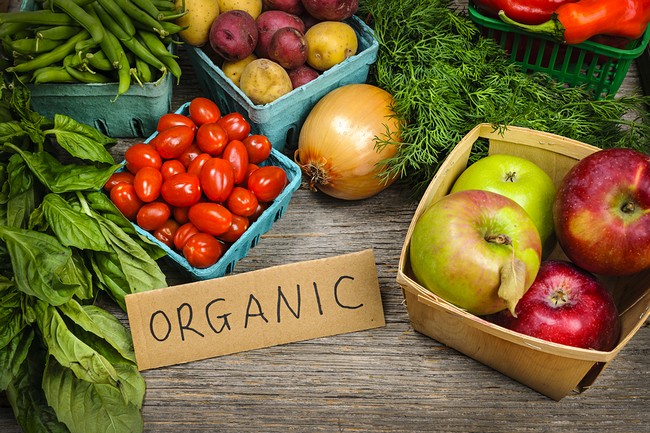- Make It Yourself Lavender Heart-Shaped Bath Bombs!
- 20 Things You Never Knew About “Down There”
- 12 Best Foods For Those Suffering From Arthritis Pain
- 12 Personal Hygiene Mistakes Almost Everyone Makes (Mom Never Told You About #4!)
- 15 Medicinal Plants And Herbs From The Cherokee People
- 12 Mind-Blowing Benefits Of Drinking Coconut Water During Pregnancy
- 12 Outstanding Winter Foods That Won’t Fatten You Up Like A Christmas Turkey
Easy Dietary Changes To Reduce Your Risk Of Stroke

Photo credit: bigstock.com
A stroke can be one of the most devastating medical conditions a person can suffer, leading to a loss of mobility, speech, or even death. The good news is that according to the National Stroke Association, 80 percent of strokes are preventable. In this article, we’ll explore a simple step you can take to significantly reduce your chances of having a stroke.
A stoke is when a blood vessel bursts or becomes obstructed and cuts off the flow of oxygen-rich blood to a specific part of the brain. There are different kinds of strokes each occurring in different parts of the body. A hemorrhagic stroke, also known as a brain aneurysm, is the most serious. This occurs when a blood vessel bursts inside the brain and causes internal bleeding in the brain. An ischemic stroke is caused a blood clot in a different region of the body — the leg, for example. A less severe version of an ischemic stroke called an TIA or transient ischemic attack is when the blood flow to a specific part of the brain is temporarily blocked. TIAs can produce stroke-like symptoms that usually reside within 24 hours.
Exercise is an important part of lowering the risk of any cardiovascular disease and should not be overlooked when it comes to stroke prevention. But simply changing the way you eat could be the simplest step to reducing your risk of a stroke. What foods are good choices for lowering your probability of suffering a stroke?
1. Olive Oil
Mediterranean cuisine has long been considered among the healthiest in the world. People in countries like Italy, Greece, Spain, Lebanon and more consume large quantities of olive oils, and these countries also have some of the lowest rates of cardiovascular disease in the world. Science shows it’s no coincidence. A French study involving more than 7,000 participants aged 65 or older found that “intensive use” of olive oil, defined as frequent use in both cooking and salad and dip, led to a 41 percent reduction in the risk of stroke.
Olive oil is filled with beneficial monounsaturated fat compounds that fight inflammation and reduce the levels of unhealthy LDL (low-density lipid) cholesterol in the body, reducing the risk of arterial clogging.
Continue to Page 2

Photo credit: bigstock.com
2. Fish
Fish is another food that is considered to be a staple of a healthy diet in cultures around the world. Eating fish has also been linked to a dramatically lowered risk of stroke.
A review of medical data by Harvard researchers from over 40,000 adult men found that eating fish three times or more per month was liked to a 43 percent reduction in the risk of ischemic stroke. A review of data from female patients produced similar results.
This is because fish is rich in healthy omega-3 fats, which have been definitively linked to improved cardiovascular health. The modern Western diet (which has spread well outside the Western world) is disproportionally heavy in omega-6 fats. This imbalance between omega-6 and omega-3 fats is partially responsible for contributing the increased levels of obesity and cardiovascular diseases, included stroke. Eating fewer processed foods and adding more fish to your diet can help you correct this imbalance and lower your risk of stroke. Fish oil supplementation is another way to get healthy omega-3 fatty acids, but it is generally preferable to eat an overall healthy diet than to rely on supplements. Simply taking some fish oil capsules will not be enough to offset consistently unhealthy eating habits.
Continue to Page 3

Photo credit: bigstock.com
3. Fruits and Vegetables
Fruits and Vegetableshave also been linked to a reduced risk of stroke. It’s well known that vegetables and fruit are packed with vitamins and antioxidants, but research has shown that they can influence cardiovascular health as well.
Generally speaking, vegetables are considered more beneficial in this regard than fruits, particularly cruciferous (leafy) green vegetables like kale, spinach, and collard greens. Indeed, the color of a vegetable is an indicator of the type of nutrients it contains and appears to be a sign of how beneficial it can be for reducing the risk of stroke. A team of Japanese researchers reviewed data from nearly 40,000 study participants in the Life Span Study and found that eating both green and yellow vegetables daily had a 26 percent lower chance of all forms of stroke compared to those who ate such vegetables only once a week or less.
Eat fewer processed foods, and more fish, fruits, and vegetables (especially leafy green and yellow ones), and more olive oil. Examine diets that are known to be healthy, particularly those from the Mediterranean, and adopt more omega-3 rich foods into your diet.
READ ALSO: Strokes And Young People: Don’t Ignore The Signs
A stroke is too important a risk not to take seriously. Don’t take chances with your health. Eat right, live a physically active lifestyle, and your risks of stroke and other cardiovascular disease will drop dramatically.
References:

































Tintin Bautista
Oct 24, 2016 at 2:19 pm
I have almost all of these food items in my kitchen. I am really on my diet plan right now especially weightloss routine. What I do is eat less fatty and sugary foods. I also exercise daily together with my “30~7 Best Detox Plan” from TeamiBlends.com. I saved $21 by using this code BLOG15 and it really worked for me. Thanks for sharing this post.